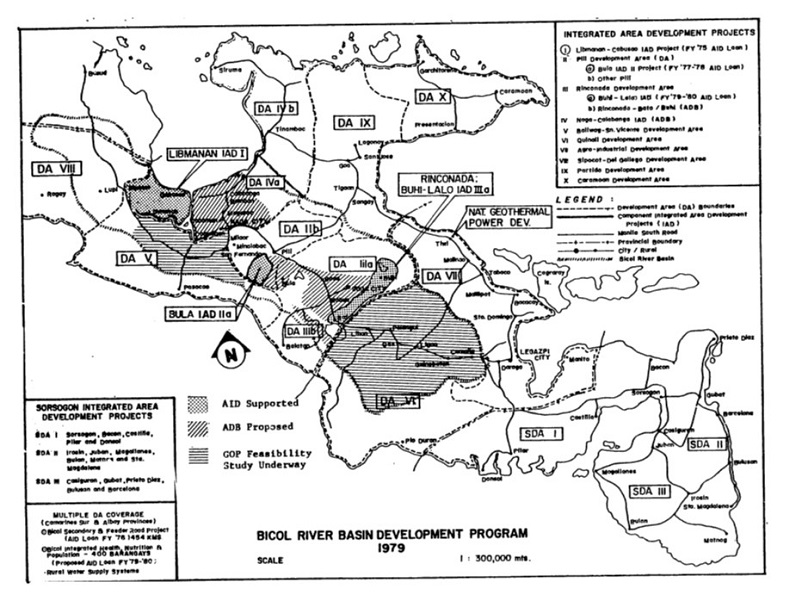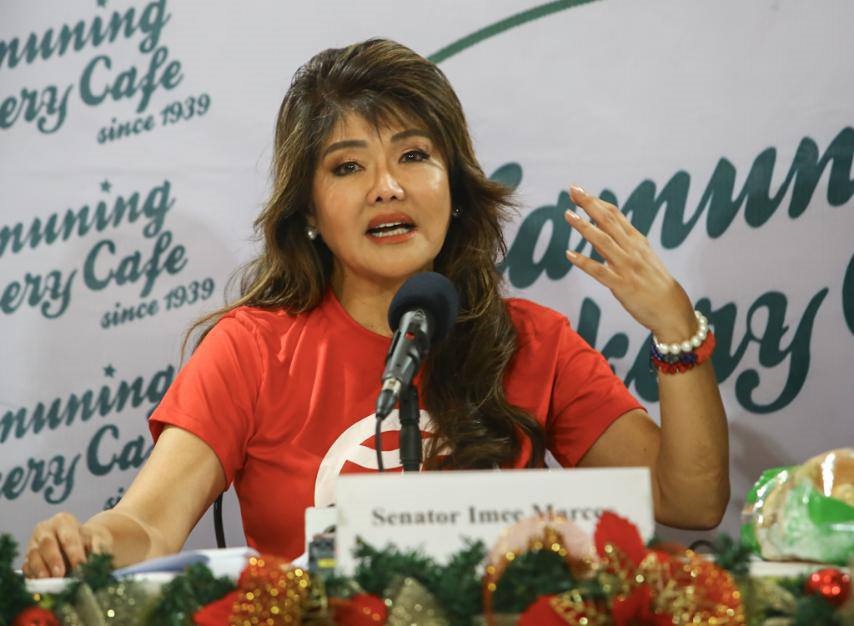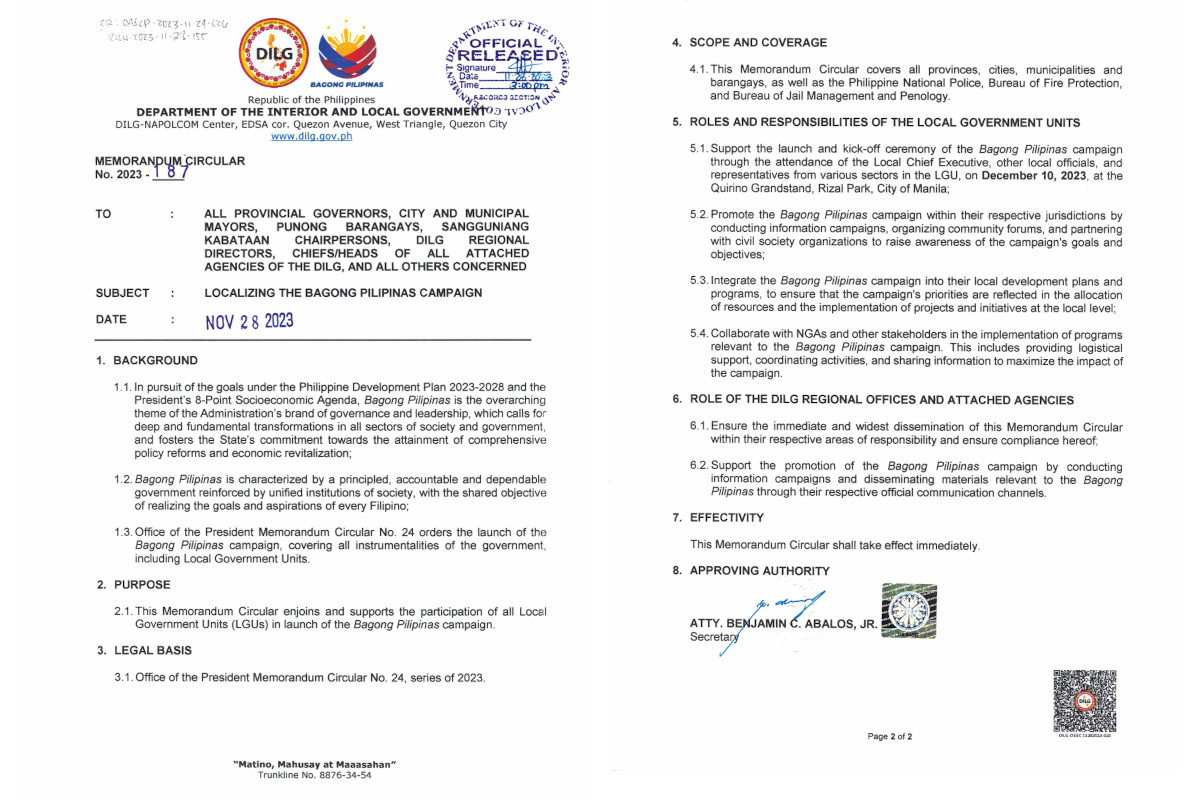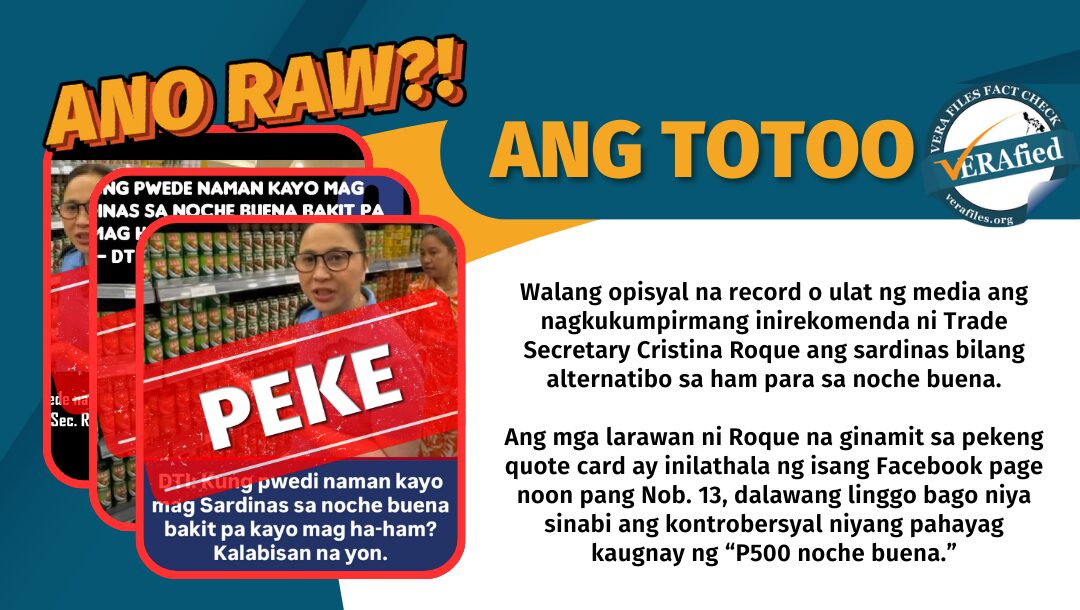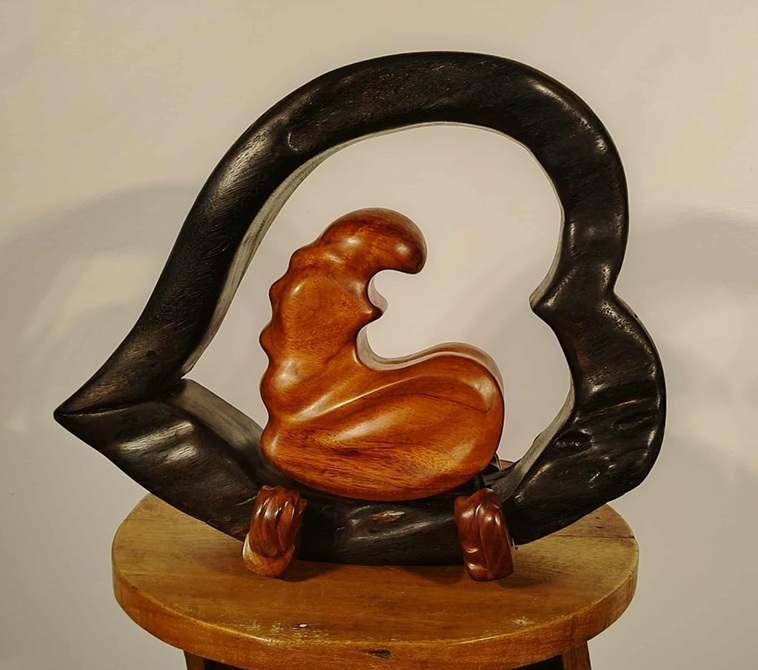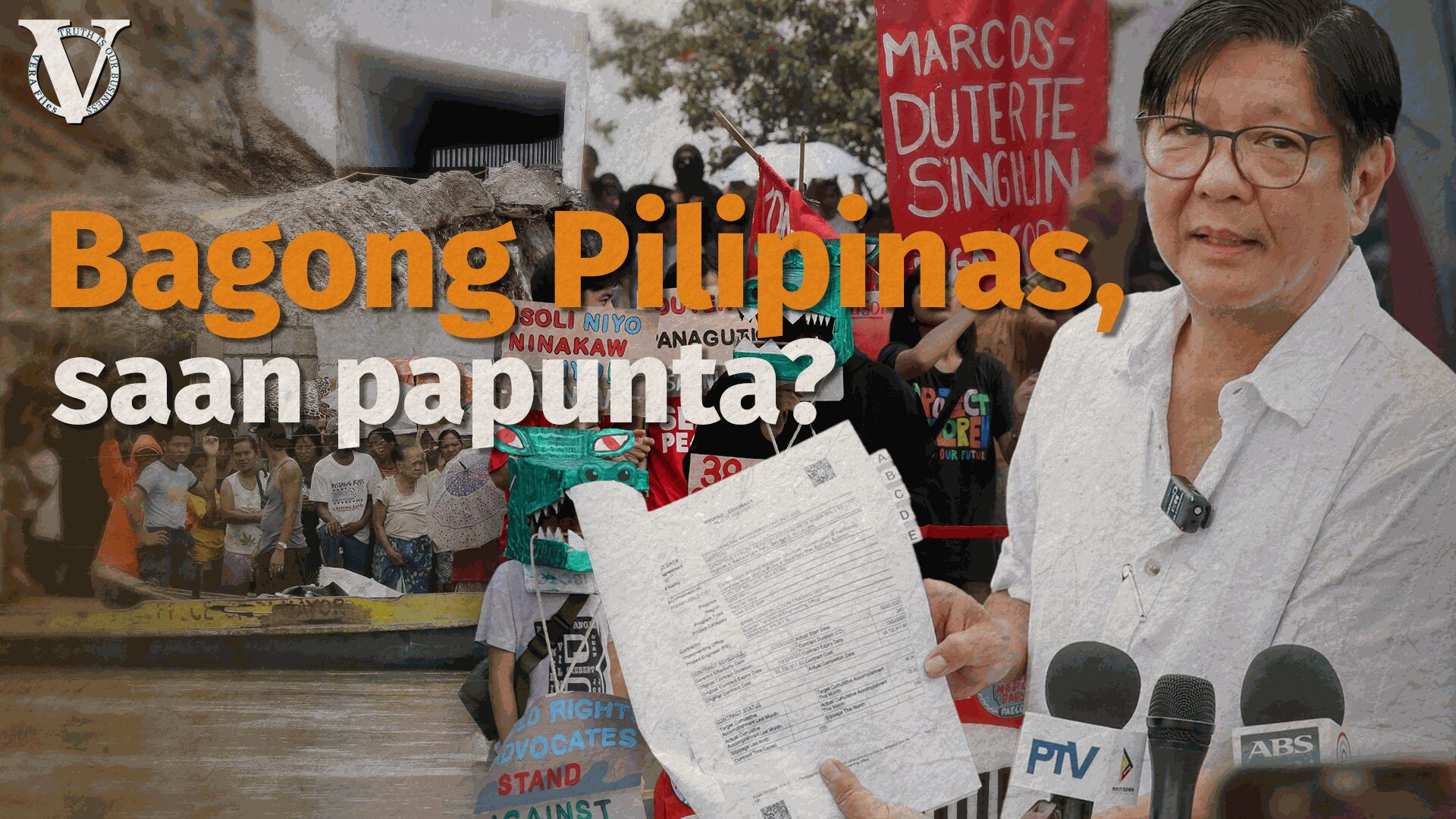
Marcos Files
Marcos Files contains articles on the Marcos family, including those about Ferdinand Marcos, Jr., that VERA Files has published.
Latest Stories

What really is Imee’s agenda?
By Miguel Paolo P. Reyes*
|
May 15, 2025
|
If her “opposition” to her brother is simply an expression of sisterly concern, beyond the recently concluded elections, what will Imee do if helping the Dutertes greatly harms her brother, or her family’s reputation, which she has labored for decades to rehabilitate?

Phantom banks, shaky claims undercut viral Marcos gold story
By Yvonne T. Chua
|
May 8, 2025
|
The Marcos gold story has since gone viral on Chinese online platforms and has been amplified in the Philippines by supporters of detained former president Rodrigo Duterte, including vlogger Claire Eden Contreras (aka Maharlika) and lawyer Harry Roque. Both have used the allegations to again attack President Ferdinand Marcos Jr. and revive rumors about his alleged drug use.
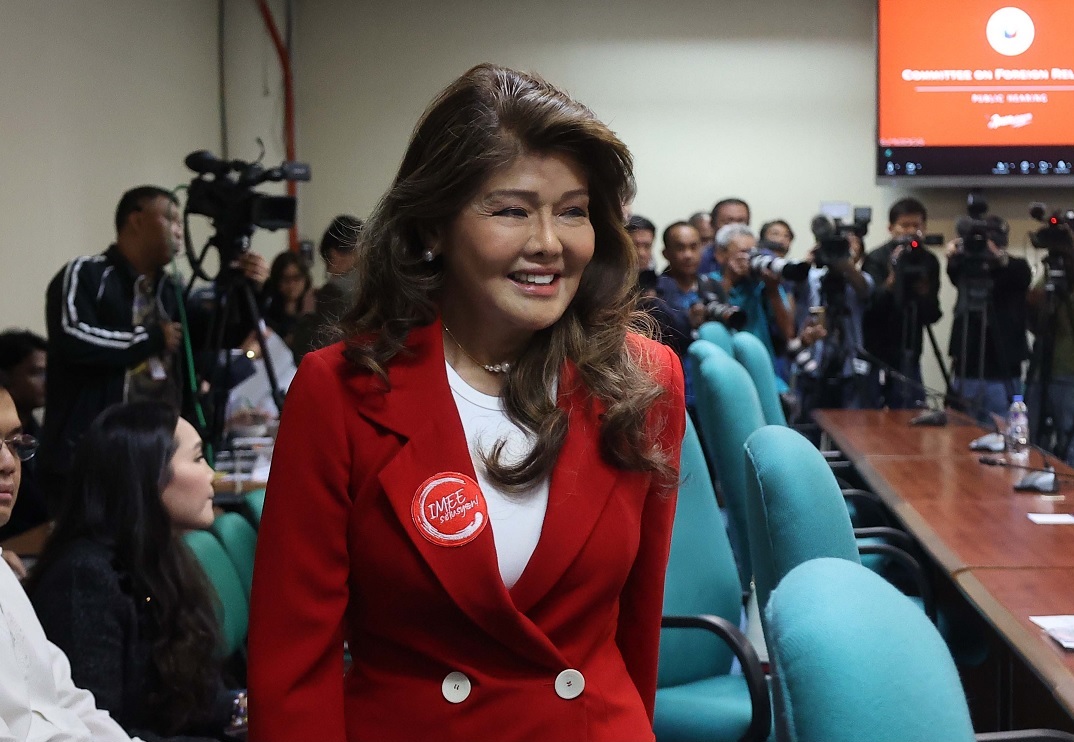
US court: Trajano was tortured and his death was caused by Marcos-Manotoc
By Antonio J. Montalvan II
|
Apr 13, 2025
|
Imee Marcos, who had admitted to the torture and killing of Archimedes Trajano, was acquitted on a technicality, but not on her culpability for murder. She remains guilty in our public eyes.
Most Read Stories
FACT CHECK: NO ‘super typhoon Wilma’ entered the Philippines
By VERA Files | Nov 29, 2025
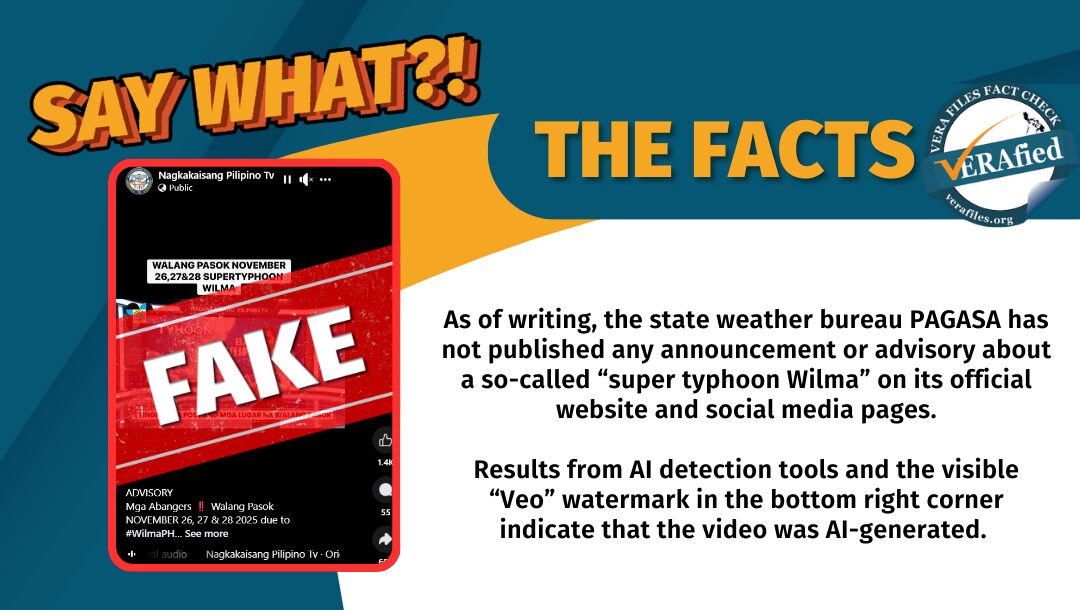
SC, ICC on a collision course over case of ‘Tokhang’ survivor Efren Morillo
By Ellen Tordesillas | Dec 5, 2025
Bato, Agarwood Farm and Tata Sala
By Antonio J. Montalvan II | Dec 7, 2025
The 3 untold secrets of Benjamin Magalong
By Antonio J. Montalvan II | Oct 14, 2025
FACT CHECK: Senior high school will NOT be removed in school year 2026-2027
By VERA Files | Nov 13, 2025
